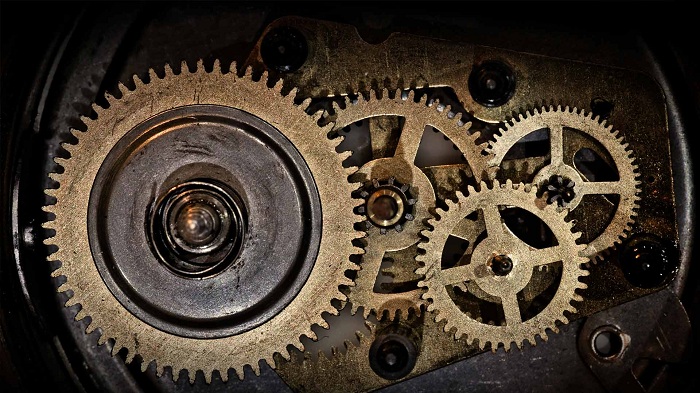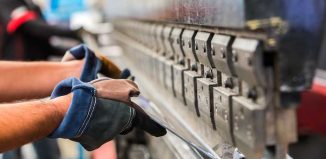When we talk about assembly of parts, we’re usually talking about plastic parts that are produced using different methods. They are divided into three different categories which include machining, fitting and of course, assembly. The machining part of this includes blow moulding, injection moulding and thermoforming. After that has been completed, the plastic assembly parts are then machined to specifications so that they can be fitted together. Below we’ll go over these three main processes in greater detail.
Machining plastic and machining metal are two completely different processes. Plastic is much more elastic; it melts at a much lower temperature (some plastics can even expand up to 10 times their width while hot). All these differences need to be handled differently when it comes to feeding rates and cutting speeds. Plastics should be divided into three different categories which include soft, hard and reinforced plastics. It is important to control the temperature when working with plastics and this will require coolants. Most of the time it is usually light cutting oil, water oil, or just clean compressed air but they are necessary to prevent any reactions the plastic may have while being machined. Some of the machining processes include milling, sawing, turning, drilling, routing, laser cutting and water jet cutting.

So let’s get down to the fitting and assembly parts methods. There is a variety of methods used. Whether your fitting plastic onto plastic or plastic onto metal, it can be done either automatically or manually. The most essential and common methods for fitting and assembly parts include mechanical fasteners which use rivets, eyelets and screws. Bonding is used to create strong bonds and a permanent joint between parts. Snap fits are essential fasteners that are moulded into the plastic parts which all lock into place when they are assembled. Hinges are fitted onto parts that need to be opened and closed repeatedly. Welding is done in many different ways and is the most common, it is the fusion of thermoplastic components.
There are a few different methods and ways that welding is done.
- Spin welding – where one plastic part is rotated against another part which is still at a great speed.
- Hot gas welding – done by passing gas or air over heating elements which a tool known as a welding gun.
- Ultrasonic welding – uses high frequency vibrations which are anywhere between 15,000 to 40,000 cycles per second. This results in both the surface heating up and the inter-molecular structure building frictional heat.
- Vibration welding – done when two components vibrate against one another generating friction and heat and the vibration can be lineal or orbital.
- Staking – when ultrasonic energy is used through a protrusion which is that later passed through the plastic part that needs to be assembled together.
Hopefully, after reading this, you have learned something new about assembly parts and have a greater understanding of the whole process.











